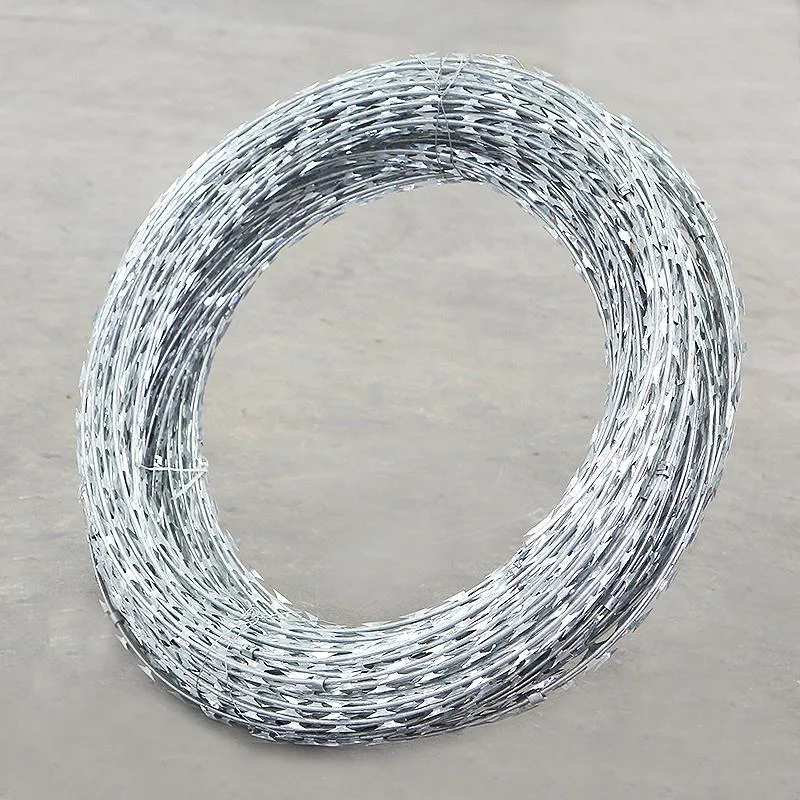

Roofing nails stand distinct with their large, flat heads, designed specifically to secure shingle roofing materials. The flattened head ensures stability against strong winds and climatic challenges. Among the many innovations in construction nails, roofing nails have been particularly subject to manufacturing advancements—chiefly experiments in alloy compositions—to enhance durability against weather extremities. This expertise in metallurgy ties directly to increased reliability in roofing solutions. Masonry nails cut through concrete and masonry, typically embodying a fluted or spiral shank for extra holding power. Their hardened steel design indicates superior penetration and anchorage in dense substrates. With these structural advantages, masonry nails bridge the gap between traditional nailing and heavy-duty anchoring, affording excellent foundational support. For construction projects that demand integration with tough materials, opting for high-carbon steel masonry nails provides the needed guarantee against sudden dislodgement. Selection of the right type of construction nail is fundamental in ensuring that every building project achieves its intended outcome both aesthetically and structurally. The accumulation of material innovations over years reflects their vital role in diverse construction scenarios, underlining the importance of informed decisions during the planning phases. Optimal selection benefits not just the aesthetics and architecture of a building but also reinforces its structural capabilities, validating why professional contractors and builders invest profound trust in the varied range of construction nails. By focusing on specific project requirements and leveraging advanced materials engineering knowledge, construction professionals can enhance project efficiency and longevity—qualities that aligns with the evolving demands of modern architecture and sustainable building practices. The right choice of construction nails is not mere accessory work; it's an integral component of successful structural craftsmanship.

















